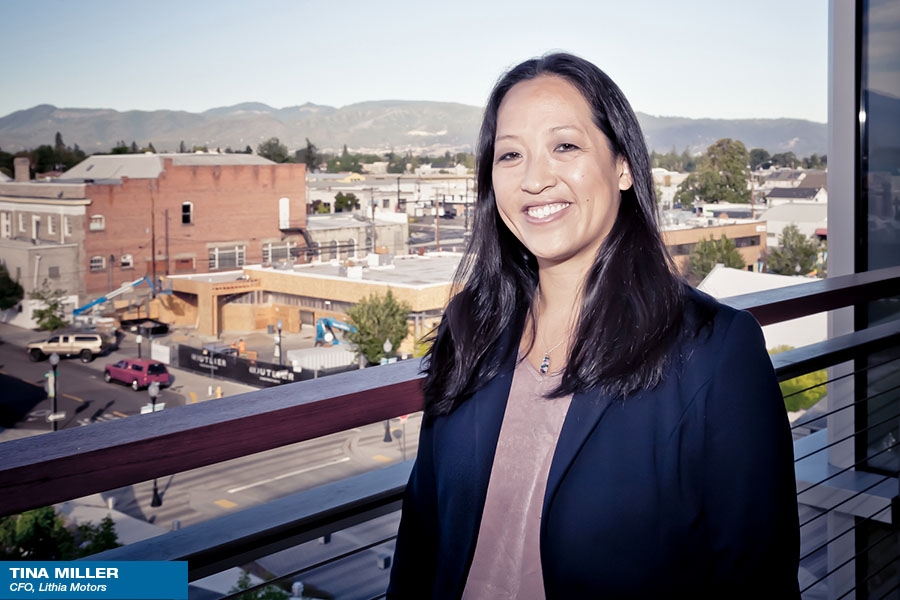Lithia Motors CFO rethinks how to measure productivity with a remote workforce.
OB spoke to executives at firms in a variety of sectors to see how the pandemic has transformed their businesses and how they see the future of the workplace evolving in a post-pandemic world.
In the next installment of our series of interviews with business leaders, Tina Miller, CFO of Lithia Motors, considers the new metrics of productivity that a remote workforce creates.
Unlike many retailers, Lithia Motors was deemed an essential service during lockdown for its auto-service business and, in many states, for its car dealerships. Its decentralized business structure allowed it to give managers leeway in operating according to conditions in each of its markets.
At its administrative offices, between 30% and 40% of staff come to work so that physical distance can be retained. Before the pandemic, it had started to invest more in videoconferencing to communicate more easily with its nationwide workforce. The pandemic has accelerated this use of technology, says Tina Miller, CFO.
As an executive of a large public company, Miller has seen the benefits of traveling less, which the pandemic necessitated. “For me in the CFO seat, we often have to go to New York or other cities to meet with investors or analysts. Being able to do that effectively through videoconferencing has been a nice change — we have been able to have more conversations than we did previously because we are not losing days to travel.” She feels virtual meetings are run more efficiently than in-person ones, and people are more prepared for them.
The company is still working out to what extent it will allow remote working for its office staff in the future. For Miller and other business leaders, the pandemic and remote working have shown the diversity of how employees work.
“We have members who are doing really well in this environment — they are able to focus more, they like the control they have over their schedule. Then we have members who miss the interaction and the day-to-day experience of being in the office.”
The most long-lasting impact to the business will be how the company measures productivity of staff, says Miller. The traditional way of measuring productivity — by the 8 a.m. to 5 p.m. workday — has changed. “You have to think about how to measure what that effectiveness is and what metric you use.
“It is really redefining what is successful productivity for your team; how do you keep an open mind about that and continue to drive performance in each of your team members?”
Miller says it is possible to innovate with remote workers just as much as having them working together in person. But leaders have to be more conscious and invest more time in creating a culture in which innovation is possible, she says.
“Innovation occurs most when you are working with someone who is different from you. If you are working in a silo, the innovation doesn’t come as well as if you work cross-functionally.
“You have to consciously make it a priority to bring other people in. You have to balance that with the fatigue of Zoom and Webex meetings.”
To subscribe to Oregon Business, click here.






